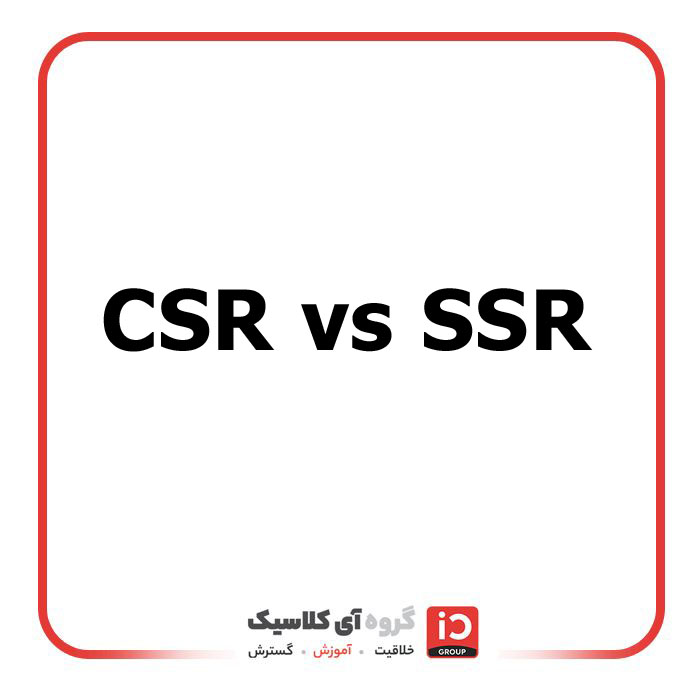SSR vs CSR: A Comprehensive Comparison of Server-Side and Client-Side Rendering
In modern web development, how a page is rendered plays a crucial role in user experience, SEO, application performance, and server resource usage. The two dominant rendering methods are Server-Side Rendering (SSR) and Client-Side Rendering (CSR). Each has its strengths, weaknesses, and ideal use cases. In this article, we’ll take a deep dive into both.
What Are SSR and CSR?
SSR (Server-Side Rendering) means the server generates the full HTML content before sending it to the browser. When a user requests a page, the server processes the logic and returns a ready-to-view HTML file.
CSR (Client-Side Rendering), on the other hand, means the browser receives a basic HTML file with JavaScript. After that, the browser fetches and renders the content using JavaScript execution.
Comparing SSR and CSR
1. Initial Load Speed
SSR: Users see the content faster since the HTML is fully rendered on the server. This is ideal for slow networks and older devices.
CSR: Initial load takes longer because JavaScript must be downloaded and executed before rendering the content.
2. SEO (Search Engine Optimization)
SSR: Great for SEO because search engines can crawl and index the fully rendered HTML.
CSR: Not SEO-friendly by default. Search bots may struggle to index JavaScript-rendered content unless extra steps like pre-rendering or using SSR frameworks are taken.
3. User Experience
SSR: Faster initial content display, but interactive features might be slower as each action may require a server call.
CSR: Once the initial load is complete, interactions are much faster and smoother as everything happens in the browser.
4. Resource Usage
SSR: Server does the heavy lifting, so it must be powerful, especially with high traffic.
CSR: Offloads processing to the client, reducing server load but increasing the client’s resource usage.
5. Data Control and Security
SSR: More secure as data stays on the server until needed.
CSR: Requires caution since some data is exposed on the client side.
Frameworks and Use Cases
SSR: Popular frameworks include Next.js, Nuxt.js, and Express.js.
CSR: Commonly used with React, Vue, and Angular by default.
For instance, an e-commerce site requiring strong SEO should use SSR, whereas interactive apps like Trello or Notion benefit from CSR.
Final Thoughts
Neither SSR nor CSR is universally better. The right choice depends on your project’s goals. Today, Hybrid Rendering—a blend of SSR and CSR—is widely adopted in frameworks like Next.js, offering a balanced and flexible approach that combines the best of both worlds.



